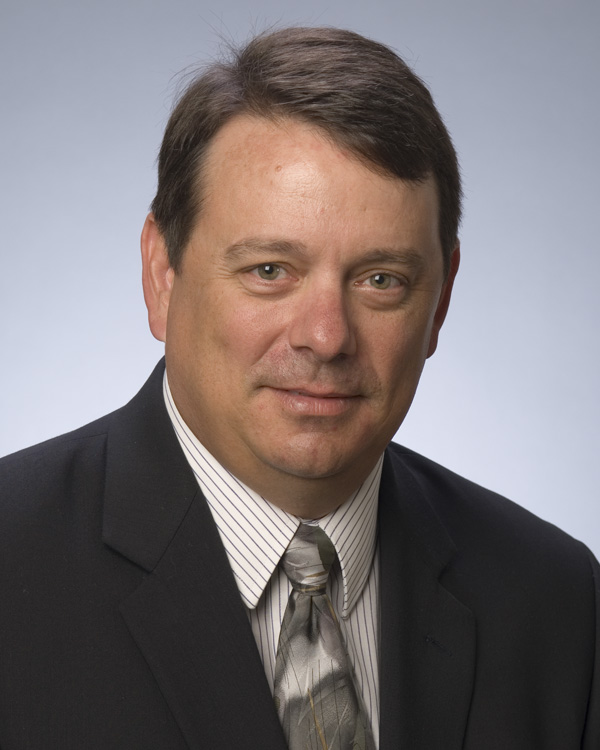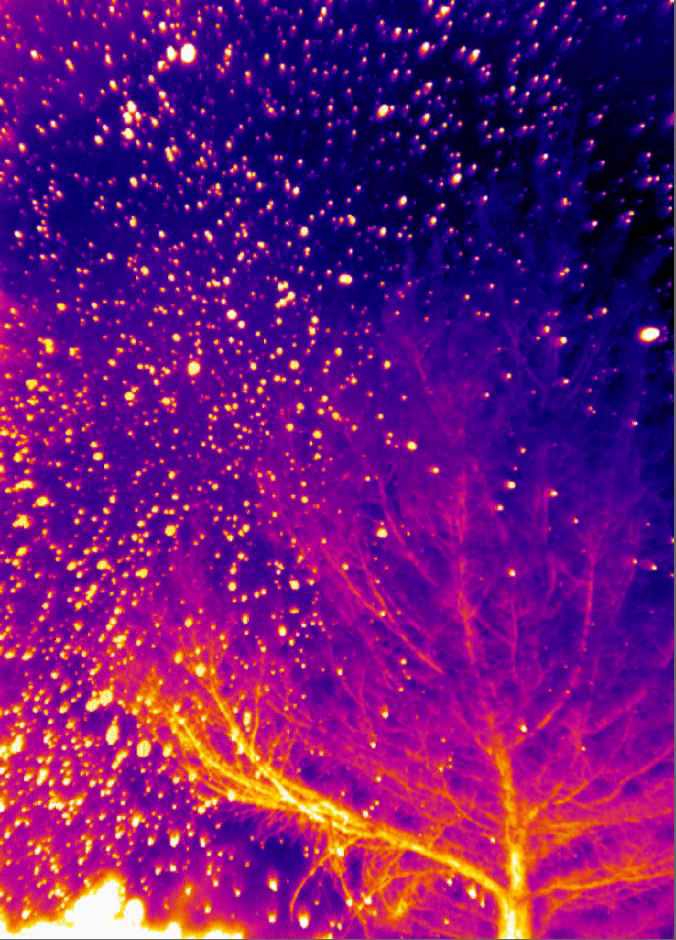 Recently named director of engineering for the Moog Aircraft Group, Mike Johnnie (’82 B.S., Electrical Engineering) has been flying high in the aerospace industry since he graduated from Oregon State University.
Recently named director of engineering for the Moog Aircraft Group, Mike Johnnie (’82 B.S., Electrical Engineering) has been flying high in the aerospace industry since he graduated from Oregon State University.
The Moog Aircraft Group primarily develops and supports flight control systems which are integrated into a wide range of commercial and military aircraft.
This involves building the systems that control the actuation of the aircraft — the machinery or systems that control how an aircraft flies. If you have flown in an airplane, you’ve probably observed that there are parts of the wing that move during takeoff and landing; the actuators are the hydraulics or electrical machinery that move these parts. Moog builds the electronics and software that control these actuators as well as the actuators themselves.
At Moog, Johnnie has a busy schedule managing a staff of 500, but still finds time to help his alma mater. He serves as a member of the School of Electrical Engineering and Computer Science’s industrial advisory board and is especially interested in increasing experiential learning opportunities for students.
“It’s vitally important that students get an idea of what their job as an engineer is going to look like,” Johnnie said. “Every chance we have to give students the opportunity to learn what it is that their boss will need from them and what the skillsets that they’re learning at Oregon State are going to be used for will make it much better for all involved.”
He notes that new engineers are going to be expected to stand on their own to a certain degree and to be self-motivated. Internships or other experiences will help give graduates the confidence and skills they need to meet these expectations.
Johnnie and his wife, Carol, who live in Southern California, have also been helping the OSU Alumni Association by hosting OSU new student sendoffs. The sendoffs allow new students from the area to get together before they leave home, and to meet others who are headed to Oregon State.
Johnnie can empathize. “I know when I moved to Corvallis, having come from Portland, I only knew a couple of people at Oregon State,” he said.
But once on campus, Johnnie thrived. “What I remember most is spending time working on homework and hanging out with my friends, experiencing life at Oregon State,” he said.
Johnnie’s life changing decision to pursue a degree in engineering has truly helped him reach new heights. “I look back and reflect on how I ended up where I am today, and the vast majority of it comes from the education I received at Oregon State,” he said.






